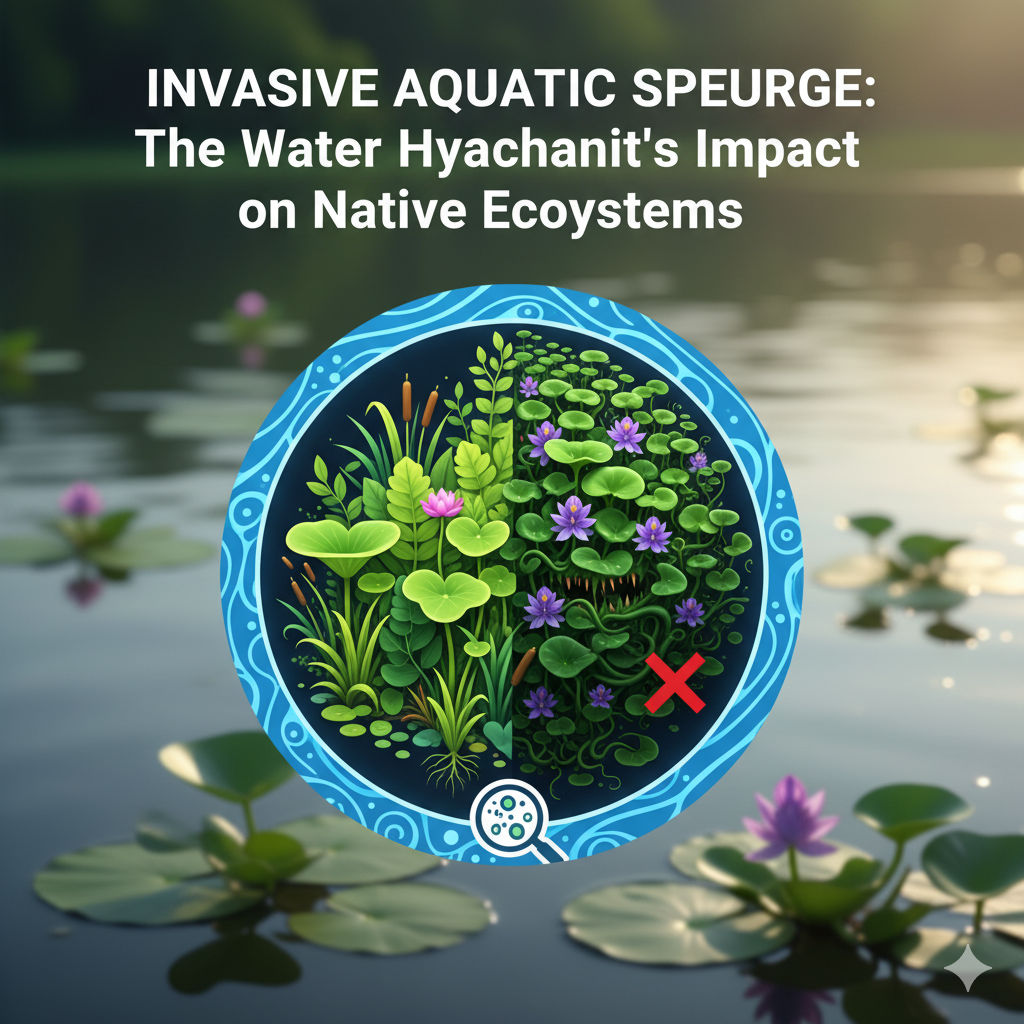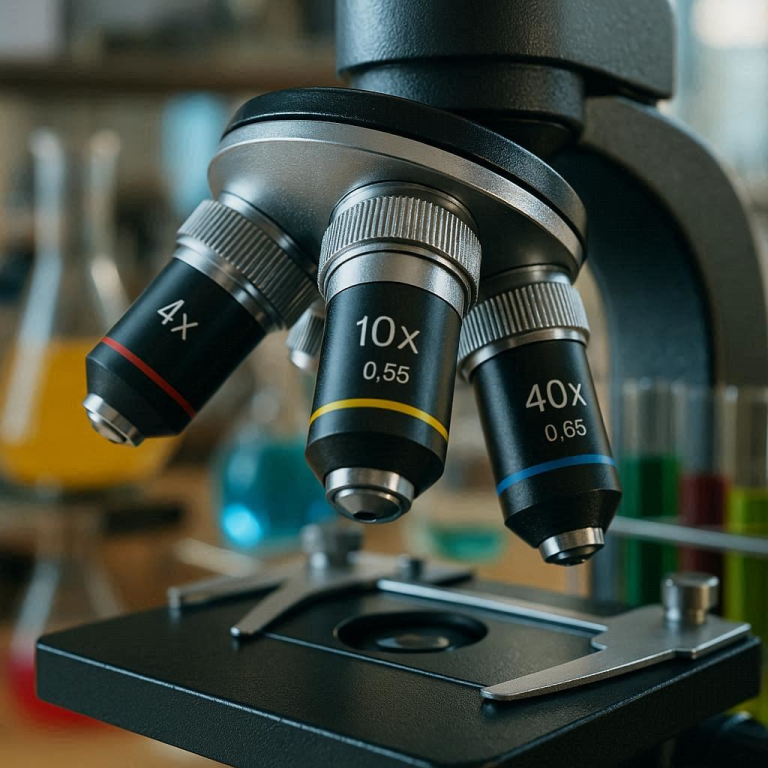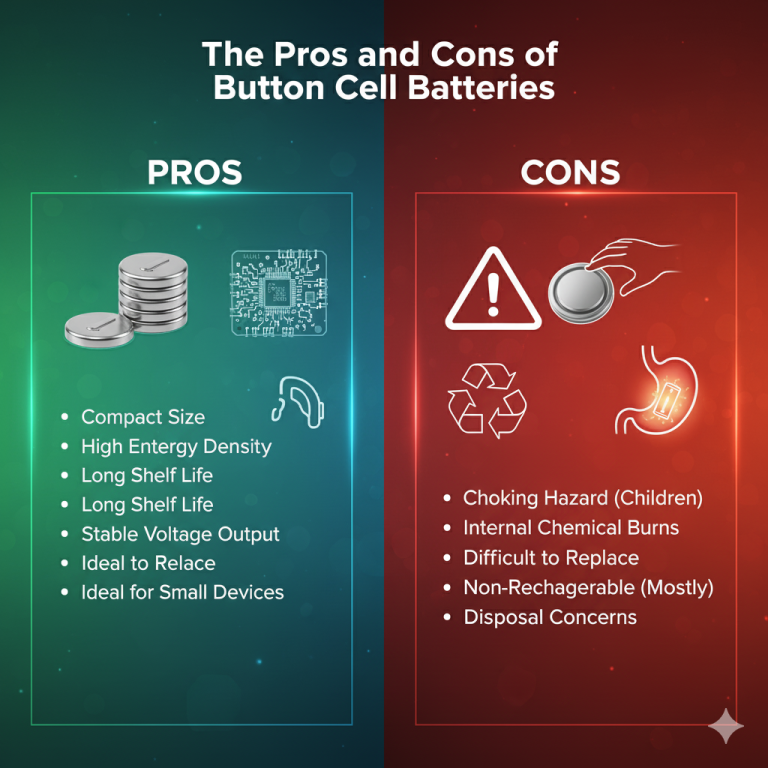How does the water hyacinth effect the native plants?
The water hyacinth (Eichhornia crassipes) inflicts a devastating and multifaceted impact on native aquatic plants through intense and overwhelming competition for essential resources. This highly invasive aquatic weed forms dense, interlocking floating mats that can completely blanket the surface of a water body. This physical blanket acts as a formidable barrier that severely blocks sunlight penetration into the water column. Native submerged vegetation, such as various species of pondweeds and tape grass, which are entirely dependent on sunlight for the process of photosynthesis, are effectively shaded out. Without access to sufficient light energy, these native plants suffer from stunted growth, an inability to flower and reproduce, and eventually, they die off entirely. This process leads to a catastrophic and often irreversible loss of biodiversity in the aquatic plant community. Furthermore, the water hyacinth possesses an extensive and matted root system that is incredibly efficient at aggressively absorbing vast quantities of dissolved nutrients, particularly nitrogen and phosphorus, from the water. This creates a nutrient depleted environment where native plants are starved of the fundamental building blocks required for their metabolic processes, growth, and survival, giving the invasive hyacinth a decisive competitive advantage.
Beyond simply outcompeting natives for light and food, the water hyacinth fundamentally alters the physical and chemical environment of the ecosystem in ways that are fatal to indigenous flora. The immense biomass of the floating mats significantly reduces water flow and increases sedimentation, which can smother the roots of emergent native plants and alter the hydrology of the habitat. As older portions of the hyacinth mats die and sink, they are decomposed by bacteria in a process that consumes prodigious amounts of dissolved oxygen from the water. This leads to severe oxygen depletion, a condition known as hypoxia, which creates a lethal environment not only for fish and invertebrates but also for the root systems of many native plants that require oxygenated water or sediments. This bacterial decomposition also frequently releases elevated levels of hydrogen sulfide, a toxic gas that further poisons the aquatic environment for any remaining native species. The combined effect of light exclusion, nutrient starvation, oxygen depletion, and toxin release creates a simplified ecosystem where only the water hyacinth can thrive, leading to the formation of a monospecific stand and the complete degradation of the native aquatic habitat.
Frequently Asked Questions
Question: What makes the water hyacinth such a successful invasive species?
Answer: It has an incredibly fast reproductive rate, can grow in a wide range of nutrient conditions, and has no natural predators in its introduced environments to keep its population in check.
Question: Does the water hyacinth have any benefits?
Answer: In controlled settings, it can be used for wastewater treatment as it absorbs excess nutrients and heavy metals, but its negative impacts in natural waterways far outweigh these potential uses.
Question: How does the water hyacinth affect fish populations?
Answer: The oxygen depletion it causes can lead to large-scale fish kills, and the dense mats disrupt spawning grounds and block access to food sources.
Question: Can water hyacinth be controlled or eradicated?
Answer: Control is difficult but possible through an integrated approach using mechanical removal, biological control with specific weevils and moths, and, in some cases, registered herbicides.
Question: What happens to the water quality when water hyacinth is present?
Answer: Water quality severely deteriorates, with lower oxygen levels, higher levels of toxic gases, and increased sedimentation, making the water unsuitable for many aquatic life forms.
Question: Are there any native plants that can compete with water hyacinth?
Answer: Once established, water hyacinth is a dominant competitor. Few native plants can survive under the low-light, low-oxygen conditions it creates.
Question: How does it impact human activities?
Answer: It blocks navigation routes for boats, clogs irrigation and hydroelectric canals, reduces water availability, and can create habitats for disease-carrying mosquitoes.
Question: Where did the water hyacinth originate?
Answer: It is native to the Amazon basin in South America but has been introduced to freshwater ecosystems across the globe.
Question: What is the primary cause of its rapid spread?
Answer: Human activities, such as intentional ornamental planting and the unintentional transport on boat hulls and trailers, are the main vectors for its spread to new water bodies.
Question: Is a water body permanently damaged after a hyacinth invasion?
Answer: While severely damaged, ecosystems can recover after the hyacinth is removed, but this requires a long-term management plan to prevent regrowth from seeds and fragments.
Keywords: water hyacinth, Eichhornia crassipes, native aquatic plants, invasive species, competition for sunlight, blocking sunlight, nutrient competition, dissolved oxygen depletion, ecosystem degradation, biodiversity loss, hypoxia, hydrogen sulfide, monospecific stand, wastewater treatment, aquatic weed
Tags: #WaterHyacinth #InvasiveSpecies #AquaticPlants #Ecology #BiodiversityLoss #FreshwaterEcosystem #WaterQuality #HabitatDestruction #PlantCompetition #EnvironmentalScience







